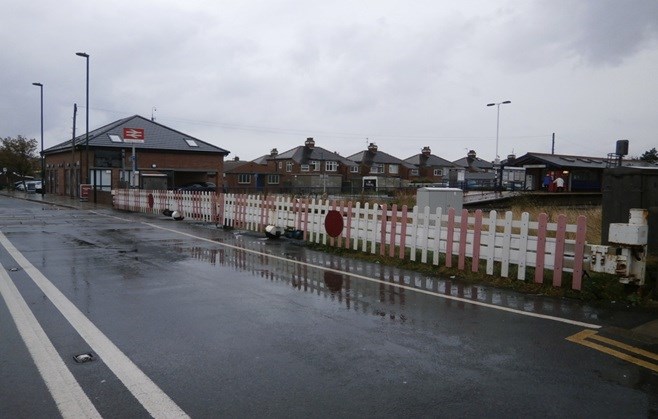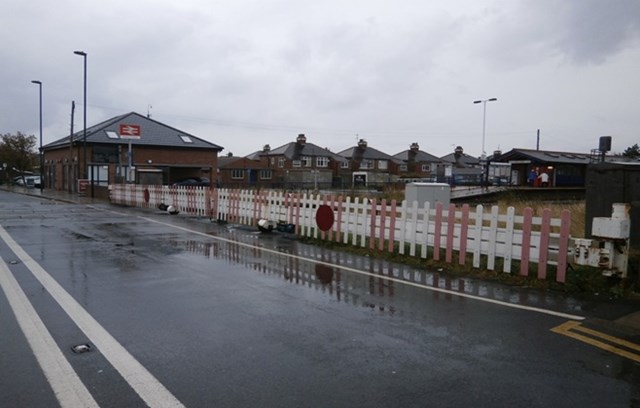Not for AHBs because of blocking the railway, but traditional gates but powered would do it. I guess barriers are standard but cheaper.
Without re-litigating the discussion we've had for years, it doesn't help that level crossings use a set of markings and lights very rarely used elsewhere.
The only other place I'm aware of flashing lights being fitted for making vehicles stop is at fire/ambulance stations and I have never see those in use, so I'm not sure how well versed people actually are in their meaning.
My view would it would be better to fit level crossings as if they were traffic light controlled crossings, with solid red lights, "no left turn" and "no right turn" markings, and possibly a symbol for the specially trained ambulance/police drivers that they must not pass this light for any reason.
I fully agree. There's also the issue that wigwags don't fail safe - green is a blank signal - whereas if a traffic light is blank you know it's failed and that the situation reverts to what it would be if it wasn't there at all, i.e. "give way".
I think I've seen them in use at a fire station once. I don't overly see the point in anything being there as it's established to give way to emergency vehicles, and doing so is one thing that pretty much every driver does do. But even if we considered they didn't, again in this application normal traffic lights (just left on green* unless someone in the fire station presses a button to cause them to do otherwise) make more sense.
Again. If people don’t understand what they mean they shouldn’t be driving. Nothing should be passing these lights including emergency vehicles. Mainly because of the hazard they are protecting.
An emergency vehicle can pass a red traffic light. But the flashing reds are protecting a hazard that can’t be avoided.
@HSTEd said we could instead have a sign mounted on traffic lights which an emergency vehicle is not permitted to pass under any circumstances. That's much more intuitive, and those professionals would be taught what that sign was explicitly. To a "normal" driver a red traffic light and red wig-wags mean the self same thing - you must not pass. And the presence of barriers acts as a further enforcement in any case.
I see your overall point, but it feeds into a load of different things, e.g. "there's no such thing as dangerous junctions, just dangerous drivers" - but these things don't make sense, as we know drivers are humans, humans are fallible and so intuitive road and traffic signal design is a very sensible thing indeed.



